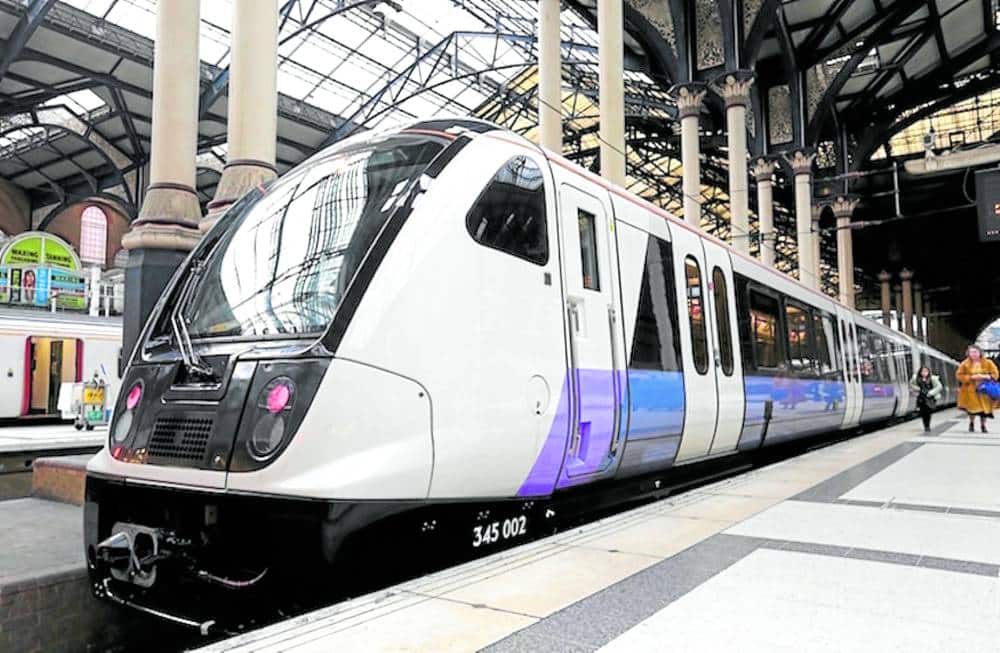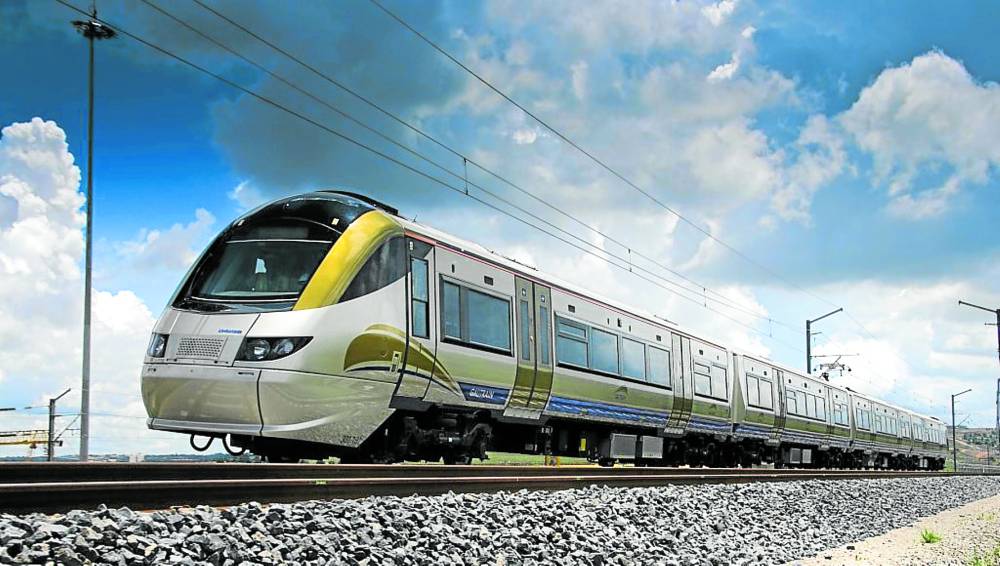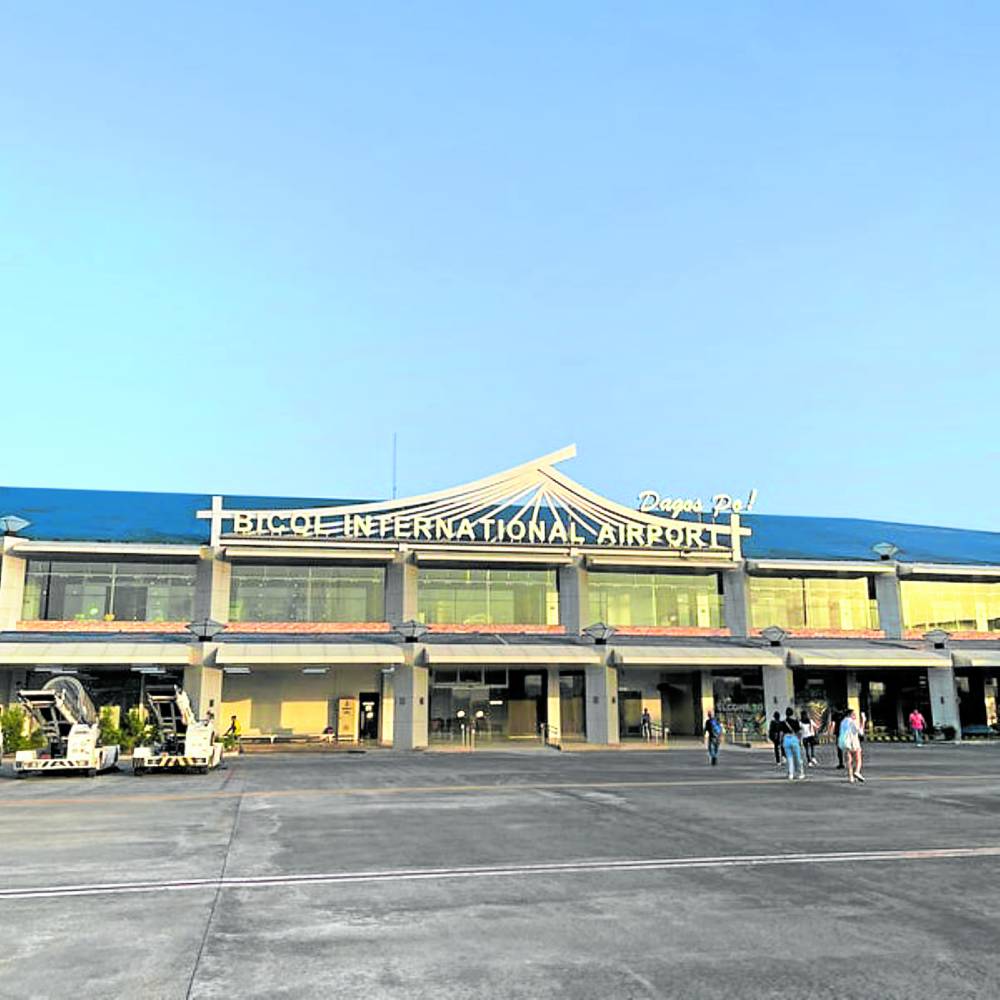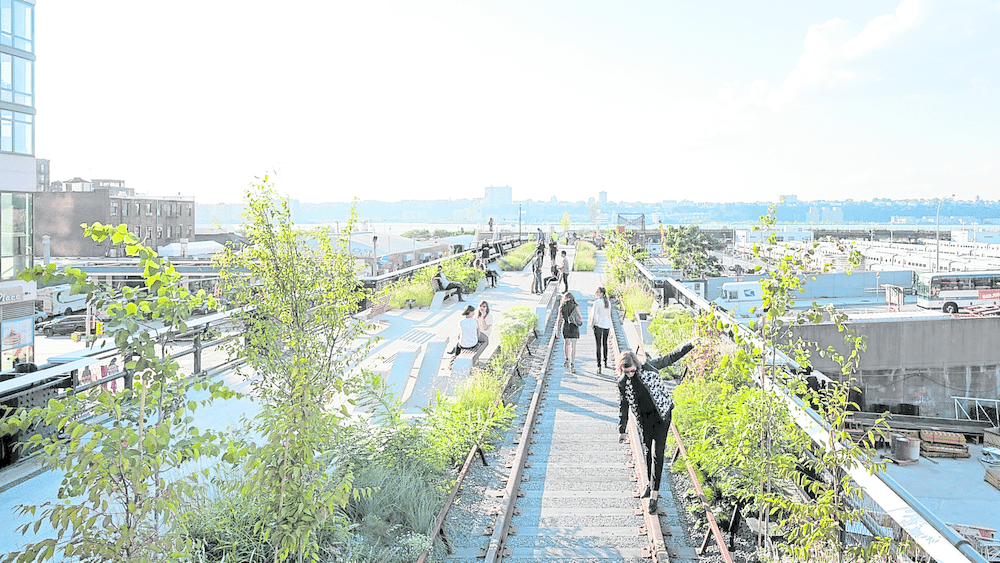Improved accessibility, connectivity pave way for growth
Infrastructure developments, including expressways, railways, and airports, can readily transform any locale.
With improved accessibility and connectivity, areas become more attractive not only to businesses and investors, but also to potential residents who may find these locations more desirable to live and work in. Essentially, infrastructure projects can serve as a catalyst, helping spur growth in both the property market and the national economy.
Real estate, in particular, benefits significantly from such projects, which have been shown to have a profound impact on property prices especially within the immediate vicinity. And this is something that can be observed not only here in the Philippines but also elsewhere in the world. Here are a few examples.
The Elizabeth Line
London
After almost four decades since its initial proposal and 13 years of construction work, the Elizabeth Line, initially dubbed “Crossrail,” finally commenced operation in 2022. This £19 billion railway project is the United Kingdom’s most intricate and entirely digital railway system—a remarkable feat of engineering. It offers high-speed, comfortable, and accessible underground train service, which is expected to enhance the UK’s national economy.
The line is anticipated to play a crucial role in luring people back to the capital postpandemic by providing faster and better journeys, thereby revitalizing London’s transport system and potentially impacting property prices along its route. It already had a noticeable impact on the London real estate market even before its completion. Properties within a short walk of Crossrail stations saw a surge in values in anticipation of the train’s completion.
The Gautrain
Johannesburg
Rail transport in the Johannesburg area of South Africa entered a new era in 2011 with the opening of the Gautrain Rapid Rail Link. It was the subject of extensive planning and feasibility studies in the late 1990s to produce the first plans for a north-south and east-west rail route serving the Gauteng Province. As with many other rapid transit projects, Gautrain was aimed at reducing road congestion and aiding economic development.
The construction of this rapid rail link between Johannesburg, Pretoria, and the O.R. Tambo International Airport led to increased property values in the vicinity of the train stations. The Gautrain not only improved connectivity but also signaled a major investment in South Africa’s economic hub, boosting investor confidence and real estate development.
Bicol International Airport
Albay
Airports are crucial to a city’s economy because these serve as links to the rest of the country and the world. These provide employment and encourage tourism, thus helping surrounding towns and properties to develop all the more.
Bicol International Airport, which opened to the public in October 2021, is the first international airport south of Metro Manila. Spread over 148 ha of land area, it is presented as the country’s ‘most scenic getaway’ with the iconic Mayon Volcano as its backdrop. The airport features an air traffic control tower and a 2,500 m runway strip with night landing and take-off facilities. At full operation, the airport is capable of handling approximately two million passengers annually.
The High Line
New York City
Once an abandoned railway track, the High Line has transformed into a popular linear park—an example of innovative urban rejuvenation. It is a continuous 1.45-mile-long greenway featuring more than 500 species of plants and trees. The vibrant park, which is free and open to the public, has since become an inspiration for cities all over the world to transform unused industrial zones into public spaces that provide access to other amenities.
Last year, the High Line-Moynihan Connector opened to the public. This link with the High Line starts at 30th Street and 10th Avenue and moves east, turning north into the public spaces at Manhattan West, a mixed-use development by Brookfield Properties.
The development and success of the High Line led to a significant increase in the value of nearby properties. As a result, the surrounding neighborhoods experienced a surge in high end residential, commercial, and retail development.
Sources: Inquirer Archives, alfaelmas.com, pettyson.co.uk, mpirealestate.com, tfl.gov.uk, railway-technology.com, thehighline.org, lumina.com.ph, airport-technology.com




